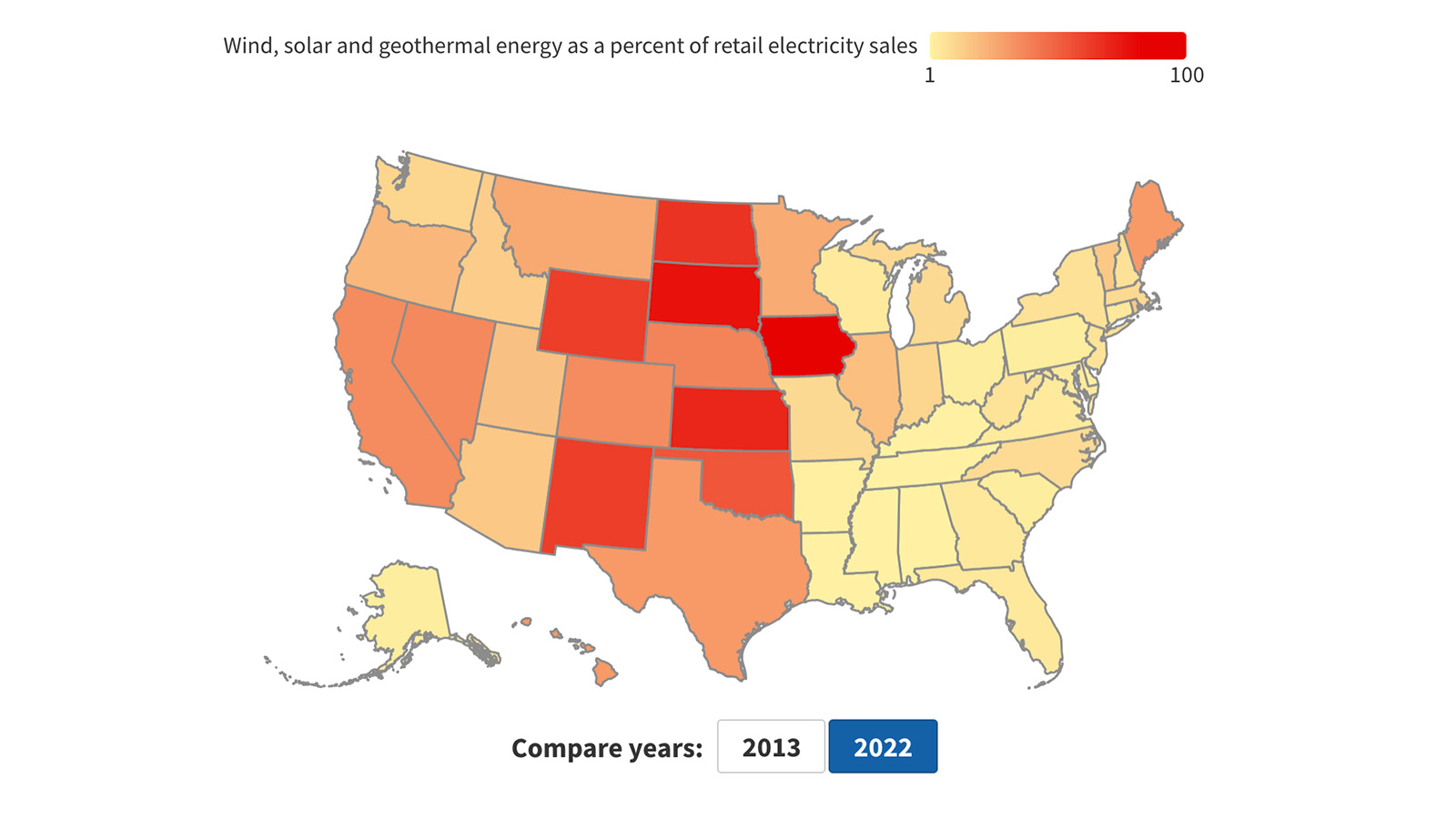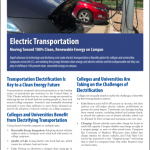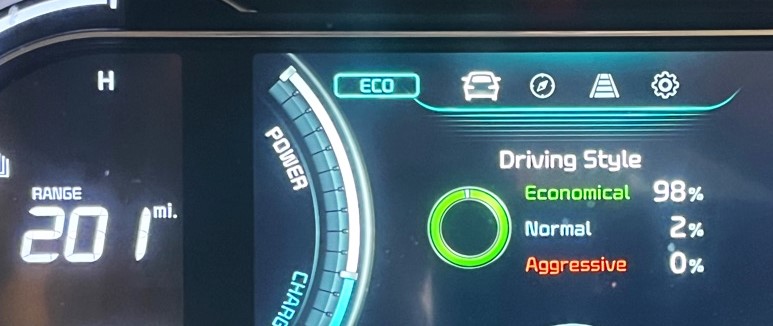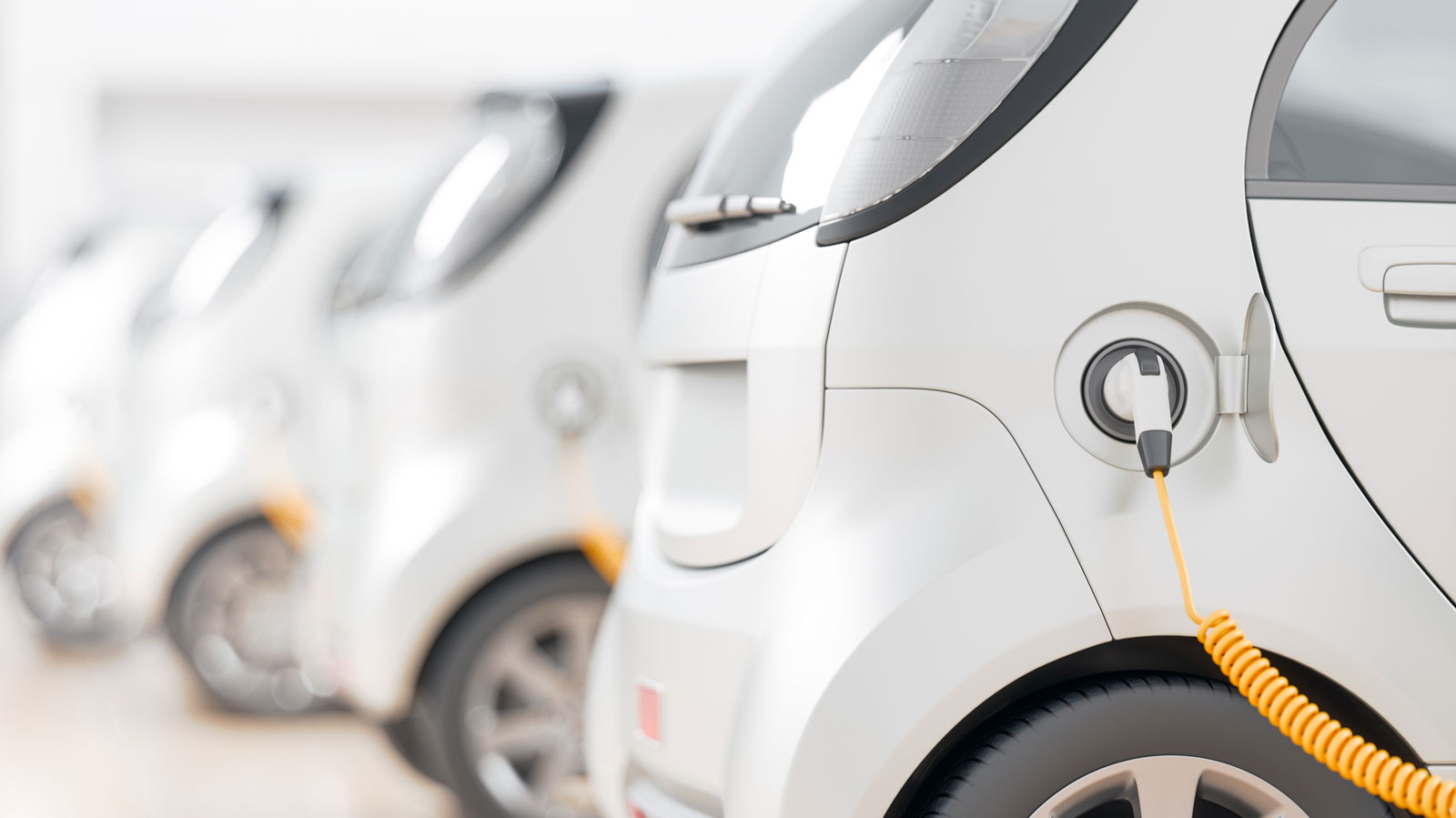
Electric Transportation

Electric Transportation
Rapid advances in technology and declining costs make electric transportation a feasible option for colleges and universities. Campuses across the U.S. are realizing the synergy between clean energy and electric vehicles and the indispensable role they can play in shifting to 100 percent clean, renewable energy on campus.
Transportation Electrification Is Key to a Clean Energy Future
Transportation surpassed electricity generation as the leading source of greenhouse gas emissions in the United States in 2016.[51] Electric vehicles that run on clean energy are essential to reducing the use of fossil fuels for moving people to, from and around college campuses. America’s vast renewable electricity potential is more than sufficient to meet future demand created by the adoption of electric vehicles on college campuses.
Colleges and Universities Benefit from Electrifying Transportation
Going electric benefits campuses in multiple ways:
-
Renewable Energy Integration: Adopting electric vehicles makes it easier to integrate more wind and solar power on college campuses.[52]
-
Quality of Life: Going electric cuts fossil fuel use, which means less exhaust, heat and noise.[53]
-
Cost: Driving on electricity is cheaper than using gas in all 50 states.[54]
-
Research opportunities: Students at University of Michigan can use the state-of-the-art equipment and collaborate with industry experts through its “Battery Lab.”[55]
Colleges and Universities Are Taking on the Challenges of Electrification
Colleges are uniquely suited to tackle the challenges of electrifying their transportation options:
-
Cost: Battery prices fell by 80 percent in six years, but their upfront cost still makes electric vehicles prohibitively expensive for many buyers.[56] Universities can leverage funding from several sources, including federal and private funds, to absorb the upfront cost of electric vehicles, which can be defrayed by lower energy and operating costs over time.
-
Charging: Electric vehicles must often charge for hours to reach full capacity. Campus shuttles may charge at night in a campus garage, or even on their actual route. Campuses like University of Madison Wisconsin have added fast-charge stations for electric vehicles, and Utah State University has pioneered a new “charge-as-you-go” technology [57] that is ideal for campuses buses that make frequent stops on fixed routes.[58]
University of California, Irvine, Is First Campus in the U.S. to Convert to All-Electric Bus Fleet
In the 2017-2018 academic year, 20 all-electric buses are rolling onto the University of California, Irvine (UCI) campus, making it the first campus in the U.S. to completely phase out fossil fuels in its on-campus transportation services.[59] This initiative was voted for and is funded by students, who will pay up to $40 each quarter to student services to cover the bus purchase and operating costs.[60] Individual rides on the shuttle service, the Anteater Express, are free.
Electrifying the bus fleet is part of UCI’s larger Sustainable Transportation program to decrease private vehicle trips around campus. As well as offering a clean energy shuttle service, UCI encourages students, faculty and staff to walk, bike, and carpool.
Converting to an all-electric fleet improves air quality, decreases street noise, and helps UCI towards its goal to emit zero greenhouse gases from campus buildings and transportation by 2025.[61] UCI has made the Princeton Review’s Green College Honor Roll for four consecutive years, earning a perfect score on the 2017 list, in recognition of the university’s commitment to clean energy and environmental sustainability.[62]
Western Michigan University Is One of the Best U.S. Campuses for Electric Cars
Western Michigan University has garnered a reputation for support of electric vehicles, ranking fourth in the nation in 2014 for the number of electric vehicle charging stations on campus.[63]
The campus is equipped with 22 electric vehicle charging stations, 15 of which are powered by a 50-kilowatt solar array.[64] The panels generate enough solar energy each day to fully charge 11 Chevrolet Volts, and excess solar energy is stored in vehicle batteries for later use.[65] The charging stations are available to anyone around the clock free of charge.[66] A $700,000 state grant funded the solar-powered charging stations, as well as the purchase of five electric vans and a hybrid-hydraulic truck.[67]
WMU’s solar-powered charging stations support research, providing real-time data on solar energy production and electric vehicle energy use. WMU is also known for its strong electrical engineering department, which offers courses on fuel cells and alternative energy sources, automotive electrical systems, and automotive design and life cycle performance.[68]
List of Resources
To electrify campus transportation:
-
Check out George Washington University’s fleet electrification toolbox: provost.gwu.edu/fleet-electrification-toolbox-0
-
Benefit from public funding opportunities: energy.gov/eere/vehicles/funding-opportunities
-
Learn about laws and incentives in your state: www.afdc.energy.gov/laws/
-
Locate alternative fueling stations near campus: www.afdc.energy.gov/locator/stations/
51. U.S. Energy Information Agency, Primary Energy Consumption by Source and Section, 2012, January 2014, available at www.eia.gov/totalenergy/data/monthly/pdf/flow/primary_energy.pdf; U.S. Environmental Protection Agency, Fast Facts on Transportation Greenhouse Gas Emissions, archived 27 July 2017 at web.archive.org/web/20170727162814/https://www.epa.gov/greenvehicles/fast-facts-transportation-greenhouse-gas-emissions
52. Climate Solutions, Why Electric Vehicles Are a Climate Solution, March 2016, available at www.climatesolutions.org/sites/default/files/uploads/why_evs_are_a_climate_solution_final.pdf
53. Michael Casey, “A Surprising Benefit of Electric Cars: Cooler Cities,” CBS News, 19 March 2015, archived 21 September 2017 at web.archive.org/web/20170921201406/https://www.cbsnews.com/news/a-surprising-benefit-of-electric-cars-cooler-cities/; U.S. Department of Energy, Reducing Pollution with Electric Vehicles, archived 21 September 2017 at web.archive.org/web/20170921201510/https://energy.gov/eere/electricvehicles/reducing-pollution-electric-vehicles; U.S. Department of Energy, Fuel Prices, accessed 8 September 2017 at www.afdc.energy.gov/fuels/prices.html.
54. Mia Yamauchi, Plugless, “Driving on Electricity Is Cheaper than Gas in All 50 States,” 2016, archived 27 July 2017 at web.archive.org/web/20170727162954/https://www.pluglesspower.com/learn/driving-electricity-cheaper-gas-50-states/.
55. University of Michigan, U-M Battery Lab, accessed 21 September 2017 at http://energy.umich.edu/project/battlab.
56. Climate Solutions, Why Electric Vehicles Are a Climate Solution, March 2016, available at www.climatesolutions.org/sites/default/files/uploads/why_evs_are_a_climate_solution_final.pdf
57. Chris Welch, The Verge, “Utah State University researchers unveil electric bus with inductive charging,” 3 December 2012, available at www.theverge.com/2012/12/3/3721914/utah-state-university-induction-charging-bus.
58. Keith Barry, Wired, “Induction Charging Comes to Public Transit,” 3 December 2012, archived 21 September 2017 at web.archive.org/web/20170921201632/https://www.wired.com/2012/12/induction-charging-bus/.
59. University of California-Irvine, Big Wheels in Motion (news release), 23 January 2017, accessed 21 September 2017 at news.uci.edu/2017/01/23/big-wheels-in-motion/.
60. Ibid.
61. Ibid.
62. University of California-Irvine, UCI Makes Princeton Review’s Green Honor Roll For 4th Straight Year (news release), 31 August 2016, accessed 21 September 2017 at news.uci.edu/2016/08/31/uci-makes-princeton-reviews-green-honor-roll-for-4th-straight-year/.
63. Nikki Gordon, Bloomfield, Transport Evolved, “Got an Electric Car? Going to University? Here Are the Most EV-Friendly Ones in the U.S.,” 16 September 2014, available at transportevolved.com/2014/09/16/got-electric-car-going-university-ev-friendly-ones-u-s/.
64. Western Michigan University, Electric Vehicle Infrastructure, archived 27 July 2017 at web.archive.org/web/20170727163641/https://wmich.edu/sustainability/projects/electric-vehicles.
65. Ibid.
66. Ibid.
67. Ibid.
68. Western Michigan University, Undergraduate Catalog 2017-18, accessed 27 July 2017 at catalog.wmich.edu/.
Topics
Find Out More


Electric vehicles are good. We can make them better.

Electric Vehicles Save Money for Government Fleets


